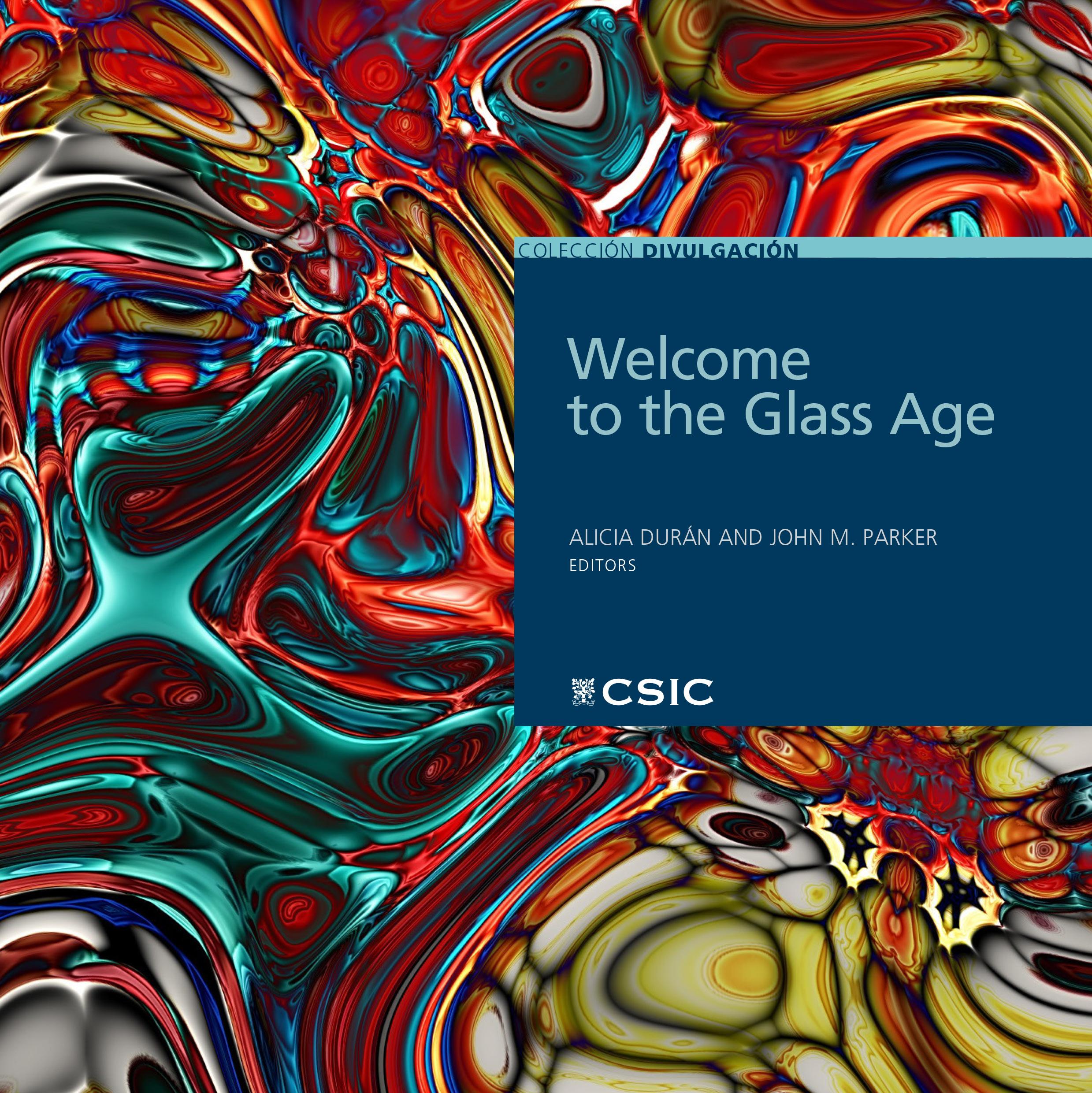
4 minute read
THE NEW JEWEL IN THE CROWN OF DUBLIN Andreas Scheib - Chief Communication Officer, Glas Trösch Group


Advertisement
A unique and sustainable glass veil façade for Spencer Place

Andreas Scheib, Chief Communication Officer, Glas Trösch Group
© Ines Billings Photography
For some time now, Dublin’s North Wall Quay on the Liffey has been home to one of Ireland’s spectacular façade projects. Triangular laminated glass panes from the Swiss glass specialist Glas Trösch create a veil-like second skin for the building in question, which is part of the ‘Spencer Place’ urban campus. The area as a whole consists of four interconnected blocks and offers plenty of space for office and leisure use. The project reflects the highest sustainability standards in terms of both the production of glass and its ongoing use. For over 20 years, the Dublin Docklands Development Authority has been looking to promote the social and economic development of the Dublin Docklands, which once were working docks, in the heart of the Irish capital. And with some success, as the district has become increasingly lively thanks to 11,000 apartments and 40,000 jobs. The area’s architectural profile has already been enhanced by some noteworthy construction projects. These include the Grand Canal Square Hotel by Manuel Aires Mateus, the Grand Canal Theatre by Studio Daniel Libeskind, and the Convention Centre Dublin by Kevin Roche. This prestigious riverside promenade now also features the glass façade of the urban Spencer Place campus by Henry J Lyons Architects.
High-tech solution for ‘Silicon Docks’
The façade combines a listed Victorian building with a glass veil-like shell, while the campus behind it will be home to a software company. And with a number of high-term firms already having their European headquarters nearby, Dublin Docklands have also become known as ‘Silicon Docks’. But the kind of firms in situ already are just one of the reasons the Spencer Place project looks set to attract innovative
© Ines Billings Photography

companies. Other selling points include its good transport connections and how the building meets sustainability standards. Dublin architects Henry J Lyons have come up with an energy concept that fulfils the requirements for dual LEED v4 Platinum and Net Zero Carbon certification. This incorporates both a renewable energy supply and the use of intelligent construction materials.
Brilliance with a positive environmental impact
The glass façade that adorns the riverside is the biggest factor in the striking visual impression

© Ines Billings Photography
created by the campus. The triangular shapes form a geometry that diffracts sunlight in dynamic ways, while the SILVERSTAR WhiteShine T coating creates silvery-white reflections. In addition, the façade serves as a second skin and its soundproofing effect shields the interior from the docklands bustle outside – while creating a productive working atmosphere with a lively outlook. The glass veil façade also provide further sun protection and stops the interior heating up, which has the
© Ines Billings Photography added benefit of reducing energy requirements even more.
Even at the manufacturing stage, the glass façade meets the highest sustainability standards. Glas Trösch adopts environmentally friendly production methods and uses highly efficient melting furnaces and heat recovery. About a quarter of the energy requirement at the float glass plants is covered accordingly. Local raw materials mean short journeys, exemplary fragment-retrieval systems reduce raw material requirements, and other logistics measures reduce the carbon footprint during production and help construction projects deliver a positive environmental impact.
The Swiss Glas Trösch Group is a dynamically growing family business that has been dedicated to glass in all its fascinating diversity for over 100 years. During this time the company has developed from operating a

single workshop in the local area to now being Europe’s biggest glass manufacturer and processor, employing around 6,000 people across 70 locations. Swiss quality, excellent service and reliable partnerships are just some of the core values. Furthermore, it is the goal to reconcile social benefit, ecology and economy in the best possible way and thus also to protect future generations. This is what the guiding principle "Green for Generations" stands for.

© Ines Billings Photography

Andreas Scheib
Andreas has worked for Glas Trösch for almost 20 years in various positions. After completing a Master’s degree in corporate communications at the University of Applied Sciences Northwestern Switzerland, he became the Group’s Chief Communication Officer in 2019. In this position, he is responsible for marketing in the architectural glass business unit. In addition to his professional tasks, Andreas engages in voluntary work for an organisation that offers free-time activities for teenagers in the region, thus preventing them from excessive media consumption.












